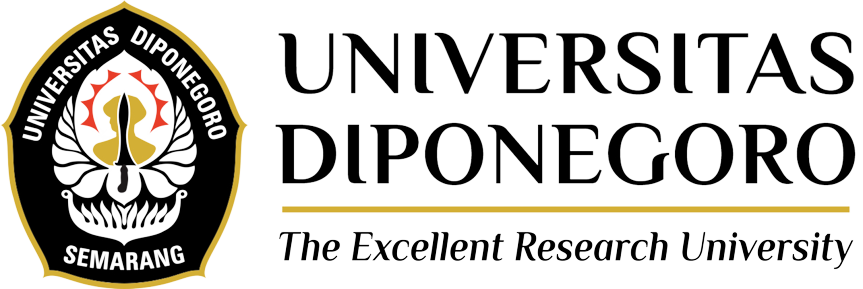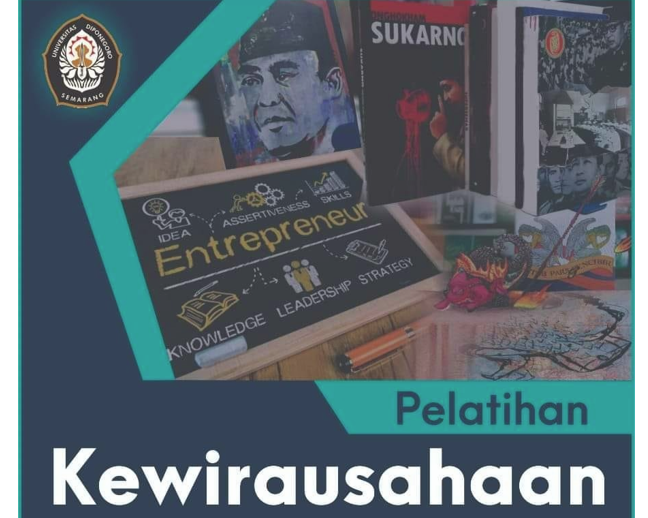Besides being a job seeker, Diponegoro University graduates are expected to become job creators. This entrepreneurship training was carried out because Undip had also announced the competencies of its graduates, as job seekers and job creators.
From this goal, the History Department of Diponegoro University invited Triyanto Triwikromo, a writer as well as a journalist, and Bonnie Triyana, an alumnus of Undip History Study Program to provide insight for history students with entrepreneurship activities in the field of history,” said Dr. Dhanang Respati Puguh, M.Hum., as the Head of History Department in the Entrepreneurship Training event for the History Undergraduate Study Program, Faculty of Humanities Undip on last week.
In his presentation, Trianto Triwikromo conveyed about Historical Entrepreneurship and Creative Industries. “History is not always related to the past, but also to the present and the future. Examples of contemporary history appear in film products, it is clear that they are products of contemporary culture, even though the stories raised are part of the past and historical events. Historical entrepreneurship, also known as histopreneurship, is a field that seeks to optimize entrepreneurship that is oriented towards historical themes,” he said.
“Since we are currently living in a virtual culture, it is inevitable that any product of our creativity, among others, must be submitted to consumers who need virtual products. Apart from producing conventional works, we must make things related to virtual culture. What’s that? We must be able to become an online journalist, an online book editor, an online history-based writer, an online archive worker, an online museum worker, and so on,” he continued.
According to Triyanto, history is not explicitly claimed as a creative industry sector. The point is that history infiltrates into various sub-sectors, such as: advertising uses a lot of historical bases, videos and films which of course are based on historical stories, as well as performing arts, music, television, radio, as well as research and development.
Meanwhile, Bonnie Triyana explained the activities of public historians and defined public history. He stated there are four elements of Popular History content, namely the strength of the point of view (angle), diction selection (for articles) and image selection (for visuals) that have high relevance for the topic being discussed, plot (outline/storyline) or a series of narratives, and a variety of sources that bring us closer to the picture of past events. The diversity of sources is needed as a comparison as well as a story reinforcement.
“History students must always try to package historical stories in various forms of creativity so that historical stories are easy to understand. One way to create historical stories as found on the Historia social media page is to present historical stories in comic form (the Idul Adha incident and the attempted assassination of Bung Karno). There is also an illustration of the birth of Boedi Oetomo. Translating text into visual form which depicts imagination in it is carried out to grab attention from the audience.” he concluded. (Rafngi – History & Lin – Public Relations)

